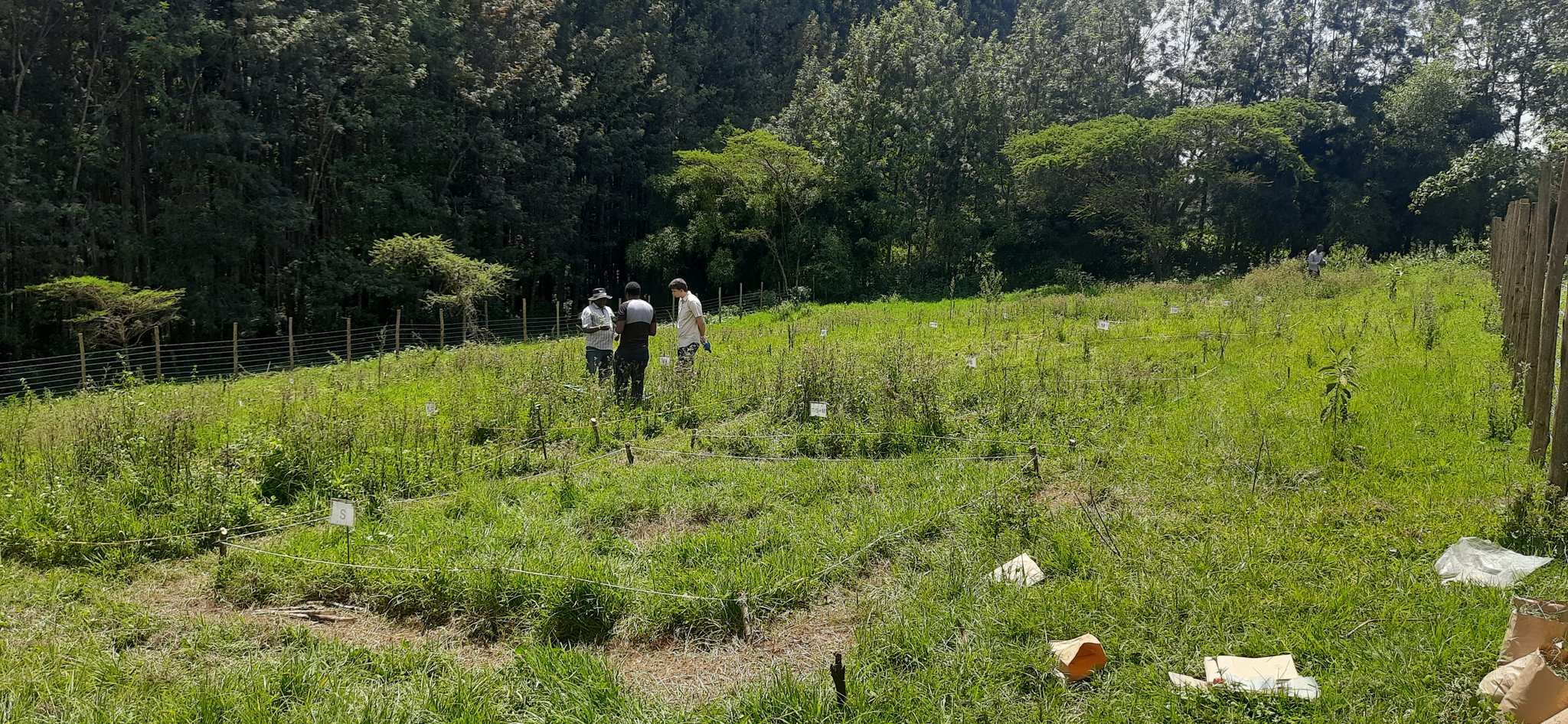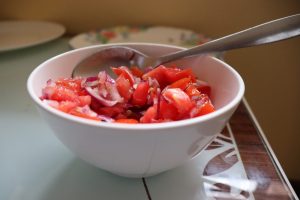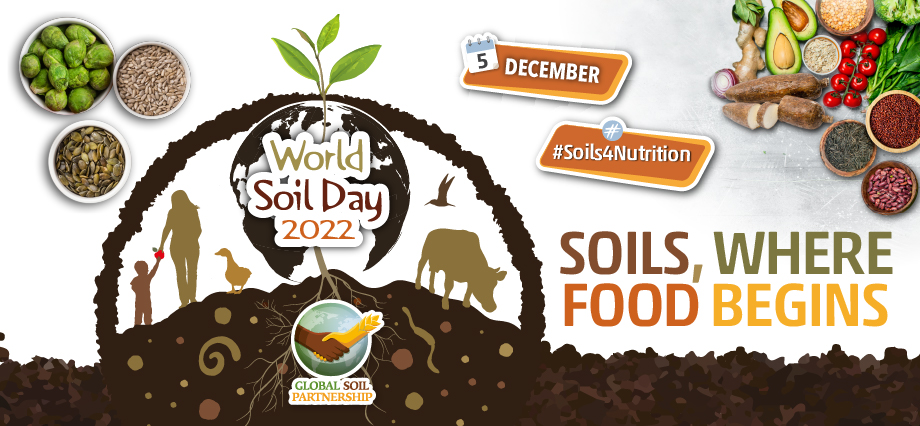Tommy Escott, Research Associate, Lancaster Environment Centre
t.escott@lancaster.ac.uk Twitter: @tommyjescott

Photo credit: John Quinton
Soil is fundamental to global food production, whether it be in the direct production of crops or providing feed to sustain livestock. The physical, biological, and chemical properties of soils have a defining influence on yield, which can make or break the ability of societies to put food on the table. Therefore, protecting our soils, whilst maximising output is an important balancing act.
I have recently worked on two projects, aimed at tackling some of these key issues. During a Research Master’s, I evaluated the efficacy of the liquid fraction of digestate, a by-product of biogas generation, under different horticultural applications. So-called “green” fertilisers could play a vital role in meeting crop nutrient demands more sustainably, encouraging a move away from the unsustainable production of mineral fertilisers. I found that, whilst not suitable as a sole nutrient source for tomatoes, liquid digestate could potentially be used successfully as a replacement to mineral fertiliser in high-phosphorus (P) soils, on account of its low P content. This could help prevent the over-application of P and prevent leaching into waterbodies.
However, cropping systems must be approached holistically – simply applying a bucketload of nutrients will not work if soils are fundamentally degraded. In Kenya, on account of overgrazing and an increasingly unstable climate, over 60% of soils are degraded, leading to significant soil erosion and bare, unvegetated patches of soil. Soil erosion can also cause cultural erosion – cattle form a tenet of the lives of many Kenyans, and a loss of pastures applies pressure to pastoralists’ livelihoods. Surprisingly, little research has been done on restoring grasslands in Africa, and many contemporary methods have not been scientifically evaluated. Through this project, we are aiming to understand the mechanisms and efficacy of different methods of grassland restorations within different ecosystems across Kenya.
Recipe: Kachumbari (Kenyan Fresh Tomato and Onion Salad)
I have decided on a salad known as Kachumbari, which combines the two elements of my recent research: Kenya and tomatoes. The dish is served as a side, represents a fusion of Kenyan and Indian cuisines, and is jolly good on a hot day! You can find the original recipe here: Kachumbari (Kenyan Fresh Tomato and Onion Salad)
 Ingredients
Ingredients
½ medium red onion, diced
2 large tomatoes
¾ avocado
1 small chilli
½ lime, juiced (approx. 1 Tbsp juice)
1 Tbsp fresh coriander, chopped
1 tsp salt
Method
- Place the diced onion in a small bowl and massage the salt into the onion pieces. Cover the salted onions with water and let stand for 10 min.
- Meanwhile, dice the tomatoes, avocado, and chilli and add them to a bowl.
- Drain the onions and add them to the vegetables.
- Finish by adding the lime juice and cilantro.
- Mix well and enjoy!
